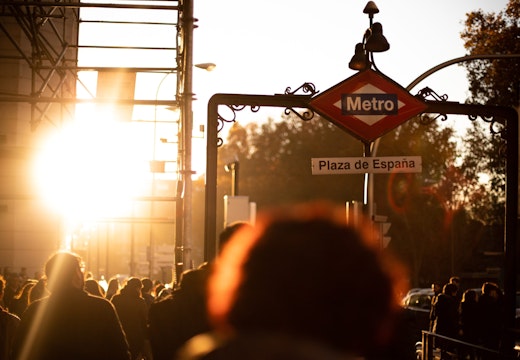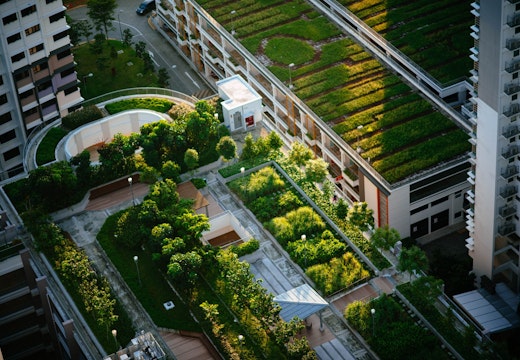New Tokyo district mixes green space with social connection
The opening of Azabudair Hills in Japan’s capital marks the culmination of a 30-year regeneration project led by developer Mori and featuring public realm design by UK firm Heatherwick Studio
The culmination of a 30-year regeneration process, a new district has been opened in the heart of Tokyo has been opened, creating one of the city’s greenest urban areas.
Known as Azabudai Hills, the project has been driven by one of Japan’s leading urban landscape developers, Mori Building Company, with British design practice Heatherwick Studio serving as lead architect of the public realm and the podium-level architecture.
This landmark scheme comprises offices, restaurants residential buildings, retail spaces, a school, two temples and art galleries– all set within 2.4 hectares of green, publicly accessible landscape. A trio of new skyscrapers have been designed by Pelli Clarke & Partners, including Mori JP Tower, now Japan’s highest building at 330 metres. New office space can accommodate 20,000 workers, while 1,400 residences have also been created, with interiors by Yabu Pushelberg.
The design encourages connections between commuters, residents and the public, and the 8.1-hectare district is filled with trees, flowers, and water features. Meandering routes and walkable rooftop slopes invite exploration and informal gatherings.
Paying homage to Tokyo’s juxtaposition of old and new architecture, the design celebrates this rich mixture of urban layers and variety. Residents and visitors can come together and be inspired by a new landscape that includes extensive public gardens, a central square, and the Cloud event space.
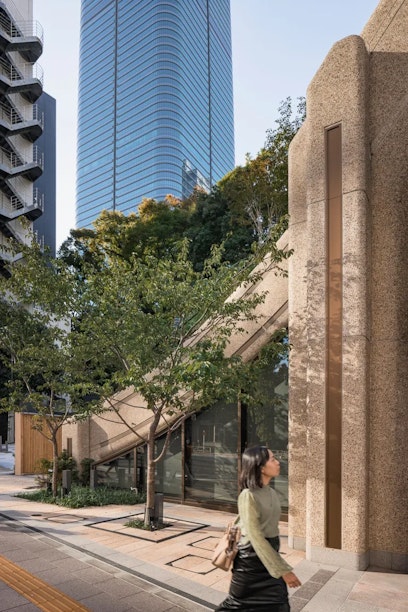
Image: Raquel Diniz
Community collaboration
Throughout the 30-year regeneration of the site, Mori Building Company collaborated with more than 300 residents and businesses to bring the district to life. Over 90 per cent of the original tenants and businesses have now chosen to return to the new district.
Thomas Heatherwick, founder of Heatherwick Studio, explains: ‘We were inspired to create a district that connects with people’s emotions in a different way. By combining cultural and social facilities with an extraordinary three-dimensional, explorable landscape, it’s been possible to offer visitors and the local community somewhere to connect with each other and enjoy open green public spaces.’
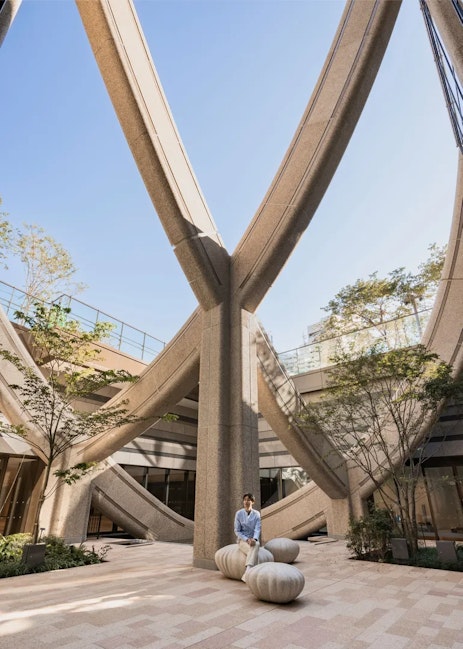
Image: Raquel Diniz
Azabudai Hills is also said to be on track to become one of the world’s largest sites to receive the preliminary WELL certification, the highest-level LEED Neighbourhood Development certification for mixed-use developments, and LEED’s BD+C (Building Design/Core and Shell Development) certification.
As part of the development, Heatherwick Studio designed its first school, the British School of Tokyo. The design of the 15,000 sq m international school takes advantage of the local climate through a series of outdoor learning and recreational spaces across eight levels.
Under the skin
Neil Hubbard, partner and group leader at Heatherwick Studio, says: ‘Over the last ten years, we’ve tried to get under the skin of what makes something distinctively Tokyo, while at the same time adding something new that’s fresh and soft to its modern built environment. We wanted to create vistas full of variety and intrigue and spaces to explore. It’s a confluence of different families of design all brought together in one place. I can’t wait to watch people explore it.’
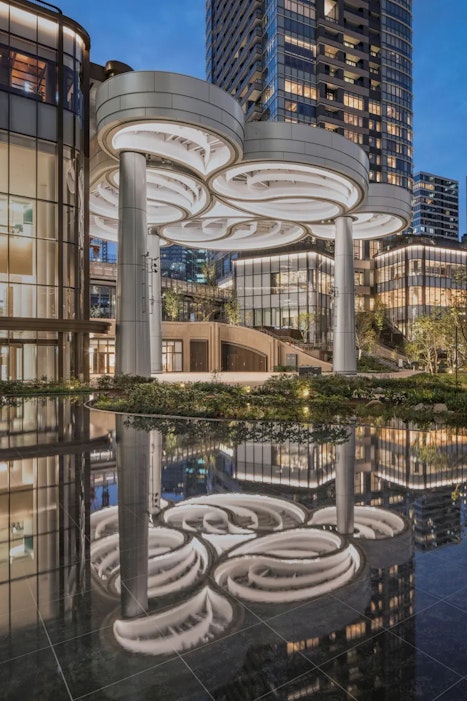
Image: Raquel Diniz
An estimated 25-30 million people are expected to visit the new public district every year, say the architects. Watch a video about the Azabudai Hills development here.



